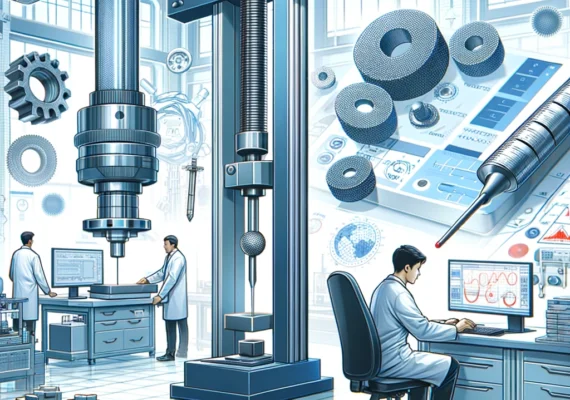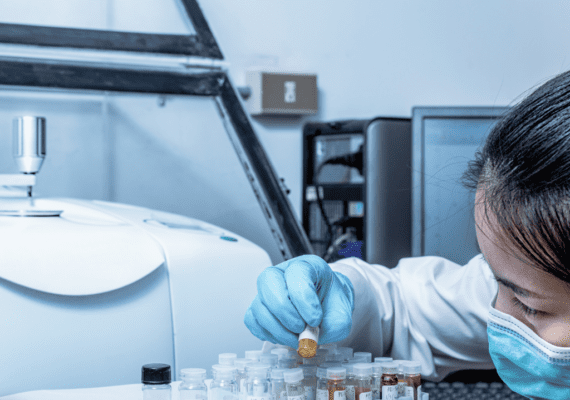
The need for material testing stems from the demand for superior quality and reliability in manufactured products. Material testing techniques enable manufacturers to:
Material testing encompasses a variety of methods, each designed to measure specific properties of materials. These methods are standardized to ensure consistency and reliability across different testing scenarios. Key standardized tests include:
The accuracy of material testing results significantly depends on the proper preparation of specimens. This involves:
A comprehensive test report is crucial for documenting the findings of material testing. It typically includes:
The data obtained from material testing play a pivotal role in decision-making processes in manufacturing. It informs:
Material testing is not a one-size-fits-all solution. It requires customization to address the unique challenges of different materials and applications. Manufacturers must consider:
